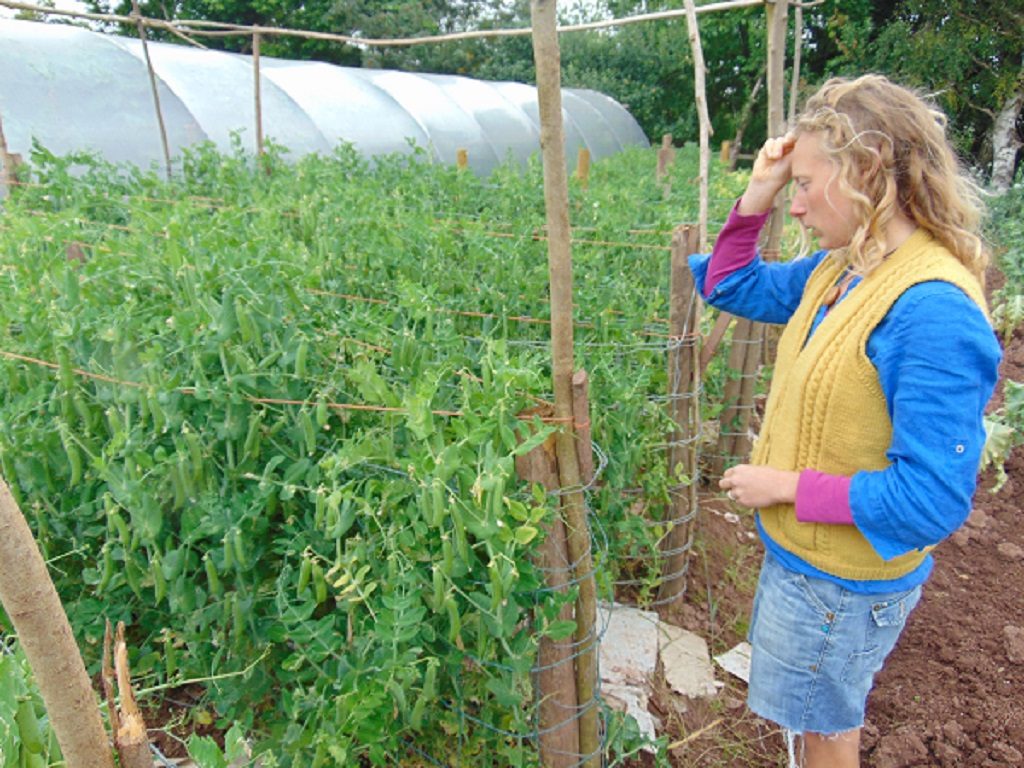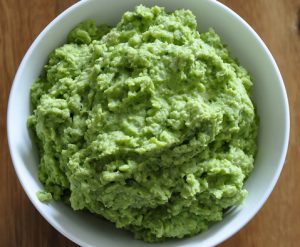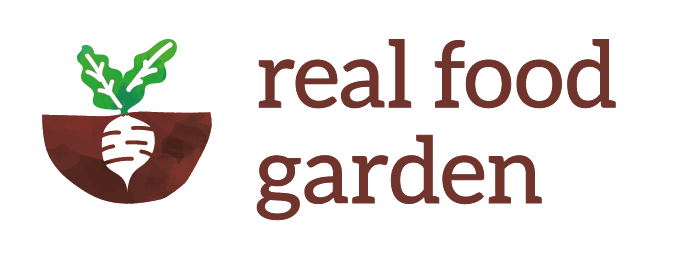There is a reason our logo is a pea pod. We love legumes. And for good reason. ‘Legumes’ is the collective name for peas, beans and other plants with pea-like features such as clover, lupins and you might even consider the lovely Cornish gorse or furze leguminous.
These plants are special for lots of reasons. From our perspective they are super plants when it comes to sustainable agriculture for two main reasons. The first being that they have cling-ons which do something magical call nitrogen fixing. Legumes have a relationship going on in their roots with Rhizobium, a bacteria, which is able to take atmospheric nitrogen in little pockets of air in the soil and turn it into a form of nitrogen which plants can use.
So whilst peas and beans use the same nitrogen in the soil as other crops they also make use of nitrogen normally unavailable, meaning that their burden on the soil is significantly less. Moreover under the right circumstances legumes can put extra nitrogen into the soil. We have used vetch, a type of pea as a green manure in this way. It is grown, chopped and incorporated into the soil, all the nitrogen made available by the bacteria is in the leaves and stems as the plant has been allowed to set seed and this is put as organic matter back into the soil. Wahoo, free nitrogen!


The other reason we love legumes is that we are serious about sustainable agriculture. Agriculture should nourish people and place, it should bring more to the planet than it takes out. We think peas and beans could play a much bigger part in a sustainable and gorgeous future for humanity. This is because they are high in protein. They can replace the meat element of a diet no problem. Much of the meat we eat is fed on legumes, namely soya beans grown in dubious ways, but we can cut out the meat and go straight to the good stuff with British grown legumes.
Our customers enjoy a wide range of legumes throughout the season, starting with the delicious and much welcomed broad beans, then peas for podding, after that going on to mange tout and sugar snaps and then come the runner and french beans. All of these foods are high in nutrients as well as protein and are a very filling food. Amelia is found snacking on beans fresh from the plants all through the season, usually with some hanging out of her pocket.
Broad bean time is upon us, one of the first really substantial crops to mature in spring. Those pods with their lovely fur and the creamy beans inside, what’s not to love! They are high in essential vitamins and minerals such as vitamins B9 and C as well manganese and amino acids. They are around 6% protein and contain plenty of filling carbs and fibre.
Why not get hold of some of our broad beans grown completely without chemicals in healthy soil to make this scrumptious broad bean hummus?
Broad bean hummus:
Why limit yourself to chickpea hummus which has to be grown made from chickpeas from abroad when you can go green with broad beans!? You just need a hand blender or food processor and you’re away! I never make it the same so feel free to experiment too, add things in leave them out if you don’t have them.


Ingredients
200g of broad beans, podded
1 clove garlic
Couple of glugs of olive oil
Juice of up to half a lemon
1-2 tablespoons of tahini
Ground Cornish Sea Salt
Ground pepper
Method:
Whizz up the broad beans and tahini adding the olive oil, lemon juice and salt and pepper to taste. Serve fresh or keep in the fridge for a yummy treat.
Feel free to share your own legume recipes in the comments below!

